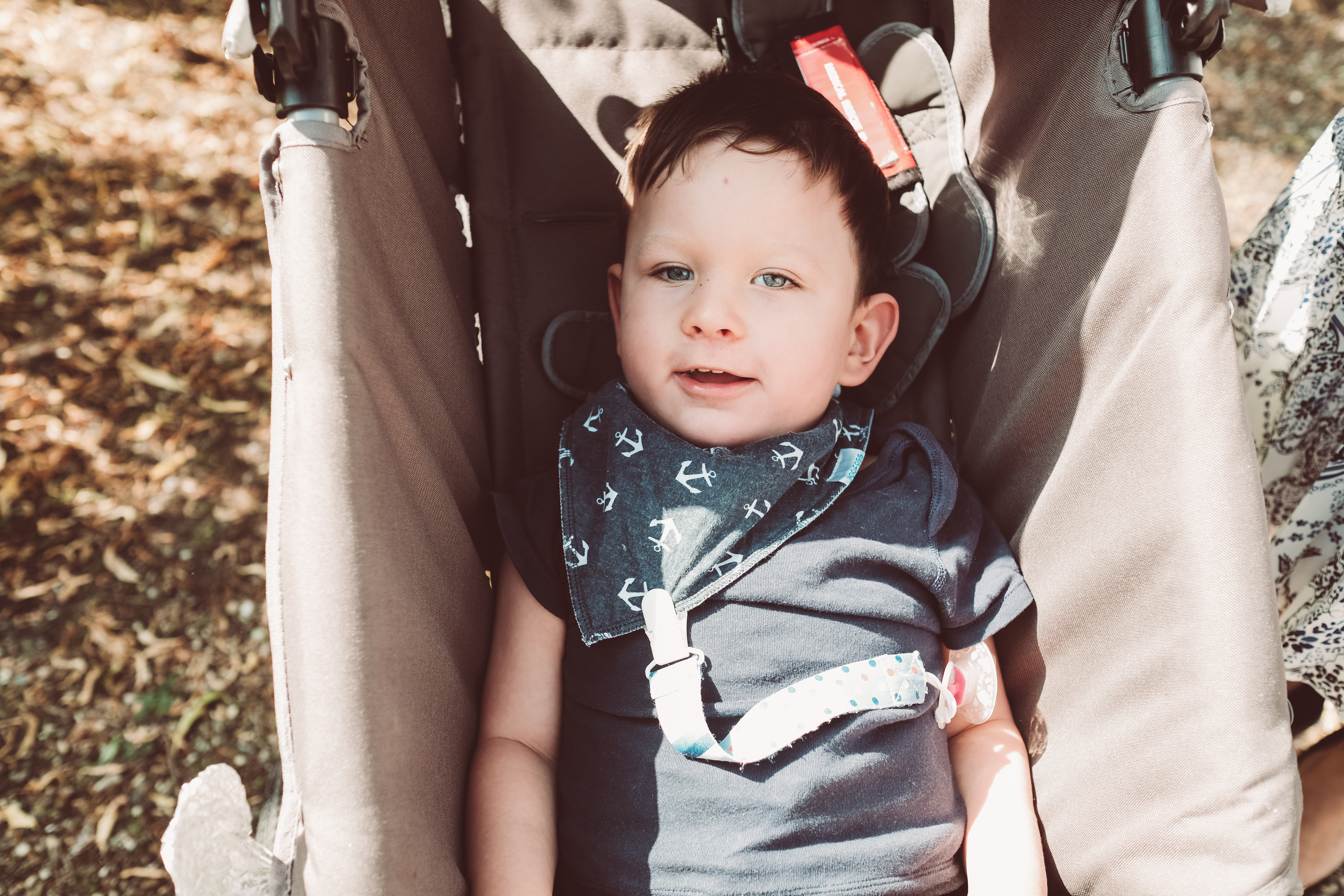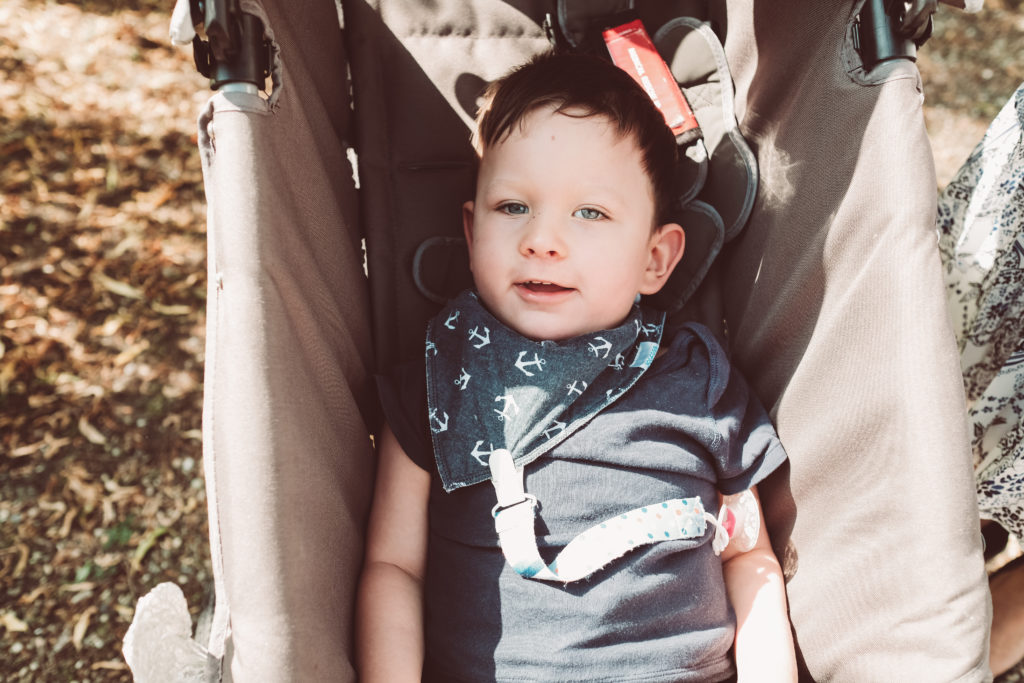The thing with isolating is that safety stops at your front door. Inside: safe. Everything else: unsafe. We’ve been living that tenet for what feels like forever (funny how long 4+ months can feel).
But about a couple of months in, Mikaere started having seizures. Not just one or two, but many. The kind where it knocks him out, and as he’s waking up he has another. He was having very little awake time, losing skills and honestly, they were the kind of horrific seizures where between having the seizure and his brain shutting down, he’d literally scream before becoming unconscious. Melt your heart, panic when your heard it type scream (can I just say now I loathe NKH to the very depths of all that I am capable of feeling). We ended up sedating him, several times. We haven’t had to do that in almost a year.
The other concern was his heart rate. Usually when sleeping his heart rate is 90 or under. Fairly typical, as far as heart rates go. But when I came on shift after The Day of Awful Seizures, I watched as his heart rate went up and down, up and down while he slept. But by morning his heart rate was over 160bpm, despite him still being asleep.
His heart when he’s active and awake and happy is somewhere between 120 and 140. 160+ when sleeping with seizures indicated something was Wrong. Capital W.
Obviously being in isolation trying to figure out what to do adds complexity. Do we go into the hospital and get a review? Do we leave the safety of our flat, and take him into the A&E to get checked out?
Let’s be clear. At this point, we were mid peak. Thousands of people were dying a day. Four times that were testing positive daily. Outside our door seemed a dangerous place, and we were deeply distrustful of everyone. They could be asymptotic, they could share it and we could be facing something else. The risk felt huge.
Trying to figure out logically what was going on, I went through the list of the possible causes in my head:
Had he pooped in the last day, was he constipated?
Had he gained weight? Was his meds dosages off?
Has any of the meds changed brands/formula?
Had one of his meds oxidised and become unusable?
Was his glycine levels too high?
Or were they too low? Did he have Sodium Benzoate toxicity?
Did he have a fever, was he too hot?
Was he in pain?
Was he ill? Did he have an infection?
Was it a full moon, were the planets out of alignment (kidding, mostly. Sometimes it feels like there’s no rhyme or reason to these episodes despite me bending over backwards to figure it out)
A lot of those required blood tests and swabs to eliminate. After some in depth conversation with our CCN (community care nurse) we weighed up the risk. She called down to paeds A&E to assess the risk with what kind of patients they had on the floor and we talked to our neurodisability consult. And then we made the decision to go in. The truth is, with a heart rate that high, with having to sedate him for the first time in a long time and with an abnormally high number of seizures, he should be seen and reviewed. Just in case.
So we went. We assembled enough supplies for the day and for the first time since March, we all left the flat. Mikaere hadn’t really woken since the day before yesterday. He’d been having seizure after seizure. (I hate NKH. I hate it I hate it I hate it).
It was less risk for us to drive than take an ambulance, so that’s what we did. We faced an issue at the door, as only one parent is allowed to accompany a child at a time. We got around that later, by coming in separately to do a handover.
The paediatric waiting room was empty. The staff were careful to stay well back, and had gloves and masks. We were shown to a private triage room immediately. Sam and I were both able to stay through triage while we made a plan. Bloods, swabs and observation while we waited to see what his heart rate did.
We were eventually moved through to majors, and Sam left. I struggled. Sleep deprivation is a real thing, and I’d already missed the lunchtime nap that gets me through the day. Still, they did bloods and the swabs, and took away a urine sample. His heart rate came down, just a few beats a time. Mikaere was still sleeping, bar the seizures.
I also had a minor argument with the reg while he was taking bloods. Mikaere is hard to cannulate and never gets a cannula in on one go. He ends up with multiple bruises and scabs and it’s always awful.
The cannula they used to collect the blood wouldn’t flush (it never ever does). The reg wanted to insert a new cannula against the possibility he needed to be admitted. I argued that he may be causing my baby pain unnecessarily, that he might not be admitted and might not need the cannula. Also, that the emergency medication they’d administer was rectal paraldehyde and wouldn’t be going through a stupid cannula anyway. I insisted they stop. If he needed one later they could try later. It turned out I was right and saved my baby a tiny speck of unnecessary pain and suffering. It’s not often I can do that, so I’ll take it where I can.
While we waited, I convinced Mikaere to wake long enough poop, which was good. He wasn’t hot, not temp. He hadn’t gained any weight that would make his dosages change. We gave him a dose of calpol, just in case he *was* in pain. I was crossing off possible causes in my head. Watching as his heart rate came down a bit more.
And we settled in to wait for the blood results, my eyes constantly flicked between the sat monitor and Mikaere as we waited between seizures. Hours and hours later, the bloods came back clear. No infection (I’d hope so, we’d been in isolation for what felt like ever). Sodium, calcium, potassium all in normal range, so no indication of Sodium Benzoate toxicity. Glycine levels would come back in a week or so. Carnatine looked fine. Liver function fine.
Mikaere woke up enough to play with some toys shared (and disinfected) by the units play therapist. His heart rate was nearly in normal range, considering he was awake.
The consultant came down to have a chat with me. Essentially, he wanted Mikaere to be admitted on the ward for observation. Because we’d already given two doses of buccal midazolam, he’d hit his max 24hr quota. If Mikaere needed more rescue medication because of seizures, the next medication was rectal paraldehyde, as laid out in his seizure care plan.
The problem is that it’s not always easy to get on short notice. We didn’t have any at home (our stash expired, and it had been so long since we’d needed to use it). They had some on the ward, but wouldn’t be able to get any from the outpatient clinic.
If we left we’d be taking a risk. If he was admitted to the ward, we’d be taking a different risk.
We talked it out. Essentially I decided that between solo parenting for the entire night on the ward with sleep deprivation, Mikaere’s seizures decreasing and his heart coming down, and that we’re an 8 minute blue light from the hospital, we should go home.
The consultant argued until I asked if any of the nurses were sharing shifts across wards or working with covid positive patients. Then I asked how many kids on the ward had pseudomonas or rhinovirus or any of the other respiratory illnesses that would also be a danger to Mikaere. He shut up after that. I guess things on the ward weren’t ideal. We were towards the end of winter, so I’m not surprised.
Either way, Mikaere was discharged, with strict instructions about what to do if things got worse. Conveniently Sam had arrived and we went HOME. It was glorious to be back in the safety of our flat. After disinfecting ourselves with baths/showers/changes of clothes I went through all of Mikaere’s meds.
There’s one particular supplement he gets once a day, at lunchtime, called ubiquinol. It’s a supplement that supports cell repair and is a potent antioxidant.
However, the pharmacy had supplied ubiquinone, the oxidised form, which your liver needs to process into ubiquinol. Considering that Mikaere’s liver is already doing so much, and thanks to NKH, it’s not clear what exactly is happening in his liver, anything out of the ordinary could cause things to go sideways.
The horror of it was that because the dose required more capsules than was supplied in the packet, the pharmacist had supplied extras in a jar, and had mislabelled the jar ubiquinol and not ubiquinone (which was the drug supplied). Sam, who doesn’t usually do the 12 meds’ didn’t think anything of it. The jar had the right label on it, so it should have been the right med.
I was livid (with the pharmacy, not with Sam). Our prescription clearly states it should be ubiquinol, not ubiquinone. I kicked off a formal investigation and it turned out a locum pharmacist had made a mistake, and had thought there was no difference between the oxidised and reduced form. They didn’t have ubiquinol in stock, easier to substitute than order in. No harm interchanging them. He could have been right, in a typical patient. But let’s not make guesstimates when the patient has a rare metabolic disorder.
I was gutted, because I really like that pharmacy. They’ve been so good to us, and this was the first mistake they’d made in the three years we’ve been with them.
Luckily, the owner of the pharmacy knows us and was equally horrified. He implemented a whole range of safety checks to make sure it wouldn’t happen again (to us or anyone else) and the locum was let go. I’m sad someone had to lose their job, but I’m also frustrated that the safety, health and quality of life of my baby boy is so heavily reliant on others doing their job as they should, without guesstimates or convenience-based substitutions.
We stopped giving Mikaere ubiquinone, and the pharmacy shipped out ubiquinol quick smart.
To be safe, we also opened new bottles of meds we thought might have oxidised. Between having pooped, ubiquinol and unoxidised meds, Mikaere’s seizures eased, and we settled back into our regular routine.
Sam’s convinced it was the pooping. I’m sure it was the ubiquinone. It could have been some unknown pain/calpol. (In my head I can hear Kai’s Grandma telling us the moon was full). Either way, I’m glad we went in to get him checked out, but I’m more relieved that we all got through to the other side safe.
The special needs life is no walk in the park. Hey ho, onwards in isolation we go!

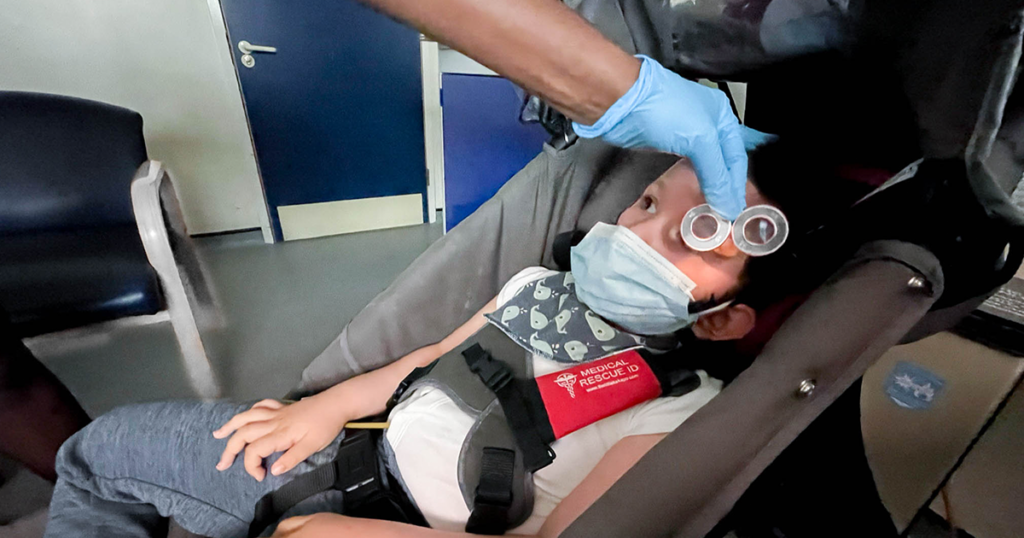



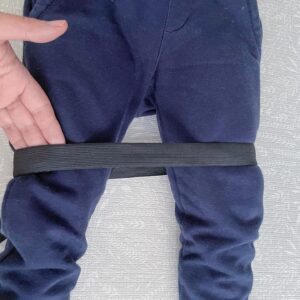
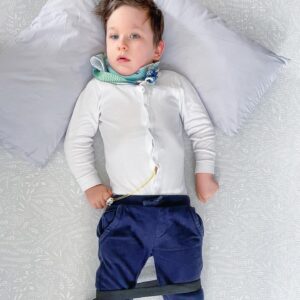



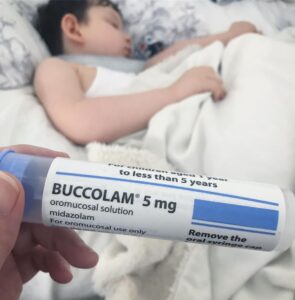 I’m holding the sedative meds, I’m ready. Waiting. Because I know it’s coming. I know that I’m going to have to sedate my child. Again. And that if I don’t, he’ll keep having seizures. Over and over and over again.
I’m holding the sedative meds, I’m ready. Waiting. Because I know it’s coming. I know that I’m going to have to sedate my child. Again. And that if I don’t, he’ll keep having seizures. Over and over and over again.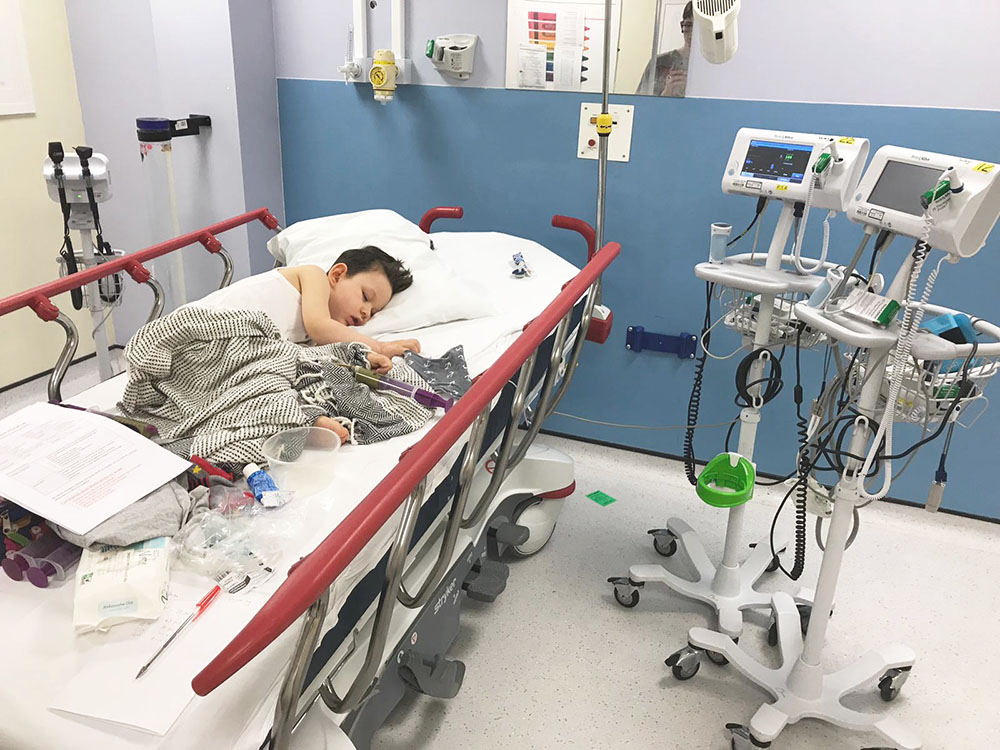
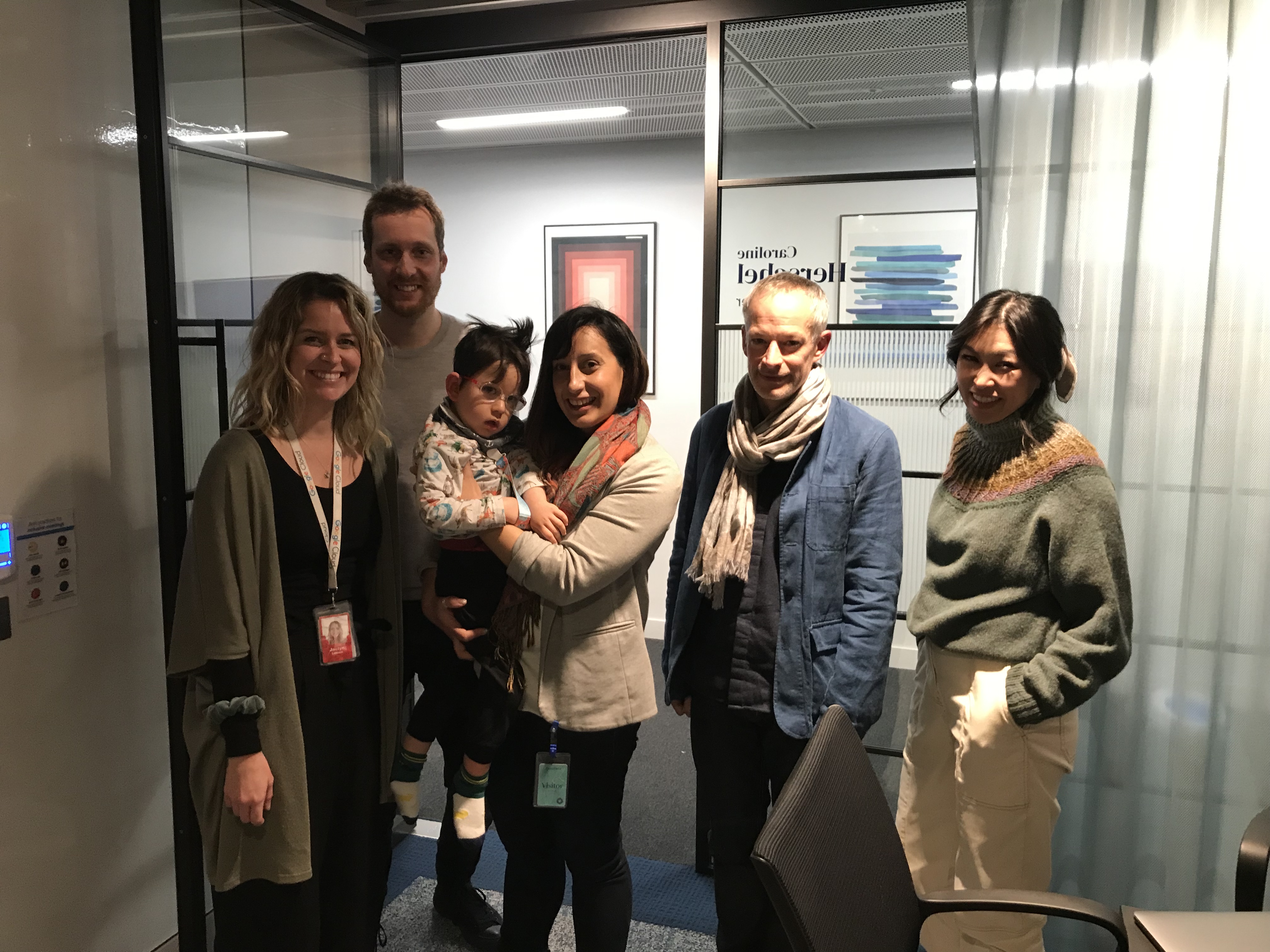

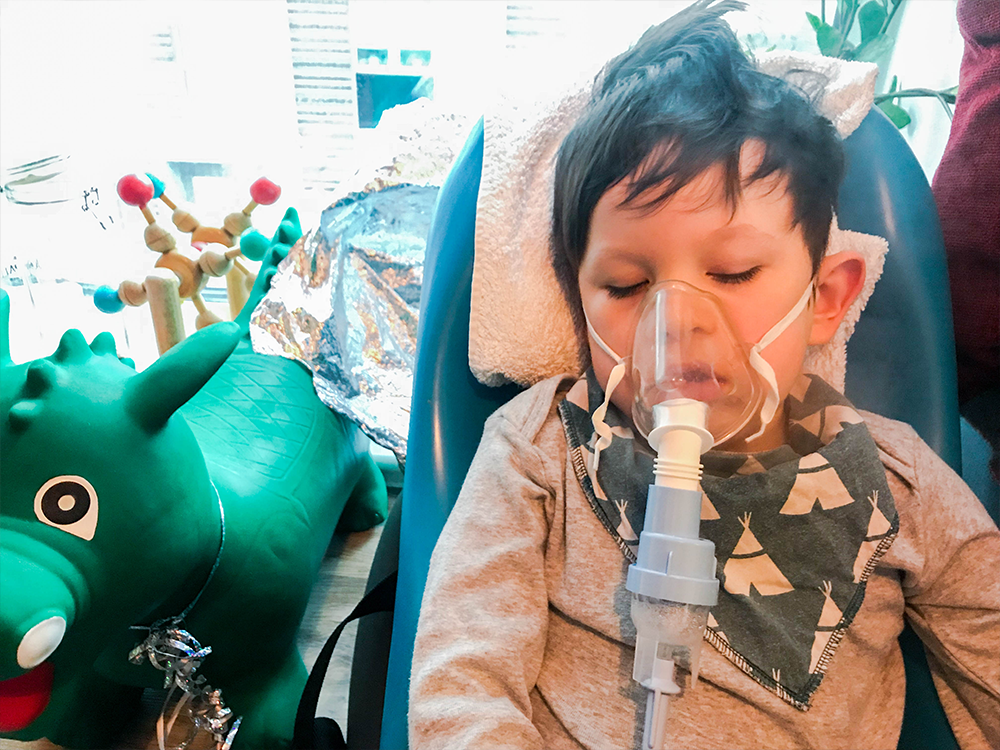

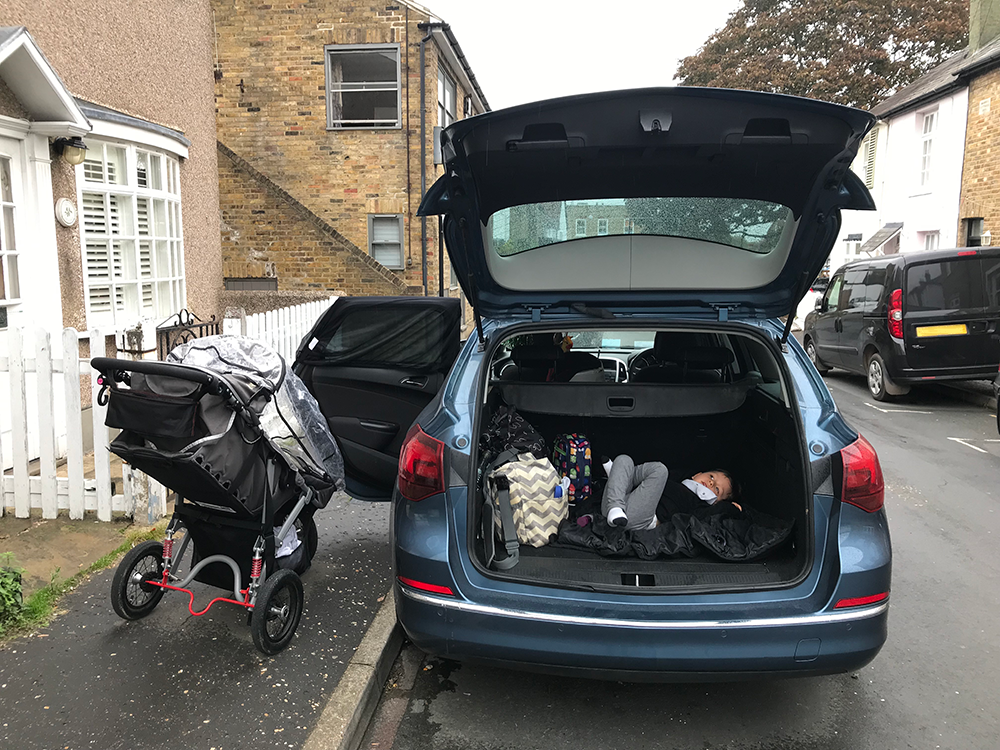


 ——-
——-
